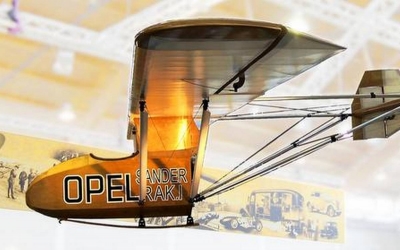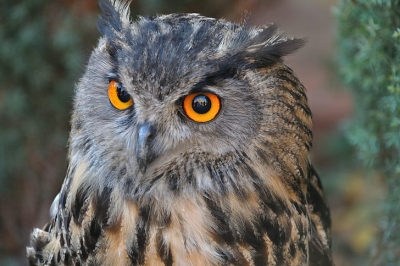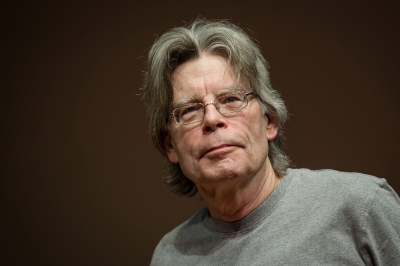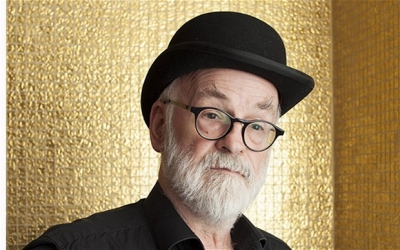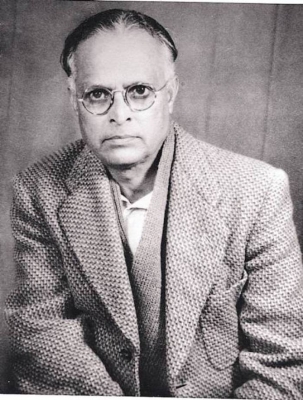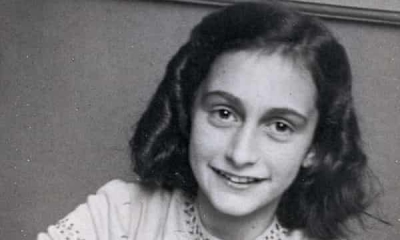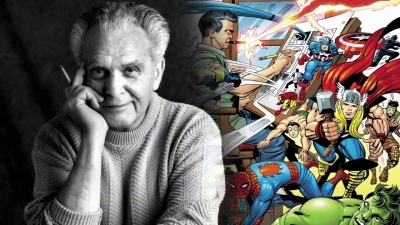
It is not always easy to ask questions in class. You may have a doubt, and you may even have a teacher who encourages student participation in class, and yet, getting your voice heard amidst 40-60 children needs strategy. You can scream your head off to be heard, but that may invite punishment.
A better option would be to tweak the way you ask questions and pose them in a dear voice. And of course, be patient and wait for the right moment.
Here are some strategies:
After an absence
When you’re absent from class and you return the next day, you naturally want to know if you missed anything. I have heard students says, "I was absent yesterday, can I have the quiz paper now?" This is rude. Others ask: "Did I miss anything yesterday?” That’s a strange question, because those who are absent certainly miss lessons. Will the class do nothing just because some were absent?
So try this: “What did I miss yesterday when I was absent?" You'll get a much better response.
Before a test
When you ask, “Is this included for the test?" you actually mean, "Should I be paying attention to this?" The answer is simple: "Yes, pay attention." So, do not ask this question.
For real uses
There are teachers who take a tot of interest in what students learn and step outside the text to bring in other relevant facts. Some students say, "When am I ever going to use this?" That sounds rude and seems to question the teachers good intention.
So, change your words to ask, “Could, you give me a real-world example of how this information can be used?” That’s what the teacher wants to hear and you’ll get a much better response to future questions.
To be excused,
If you have to leave the classroom in the middle of a lesson, it is not a good idea to say, "I am going to the wash/rest room" Even the more polite “May I go to the wash/rest room?” is not quite the way to ask for permission. I have heard students launch into a complete explanation of why they have to leave. That is quite unnecessary.
Whenever you want to be excused, when in the company of people - whether its classmates, co-workers, bosses or relatives - say just that: "May be excused?"
Time it right
Wait for the right time to get the teacher's attention. Most teachers give students a chance to ask questions and get their doubts cleared. So wait. If the teacher stops during the course of the lesson to let you ask questions, use that opportunity. If the teacher does not invite questions, wait for a pause before asking.
Be polite, get noticed
Raise your hand. This is the most common anal polite way of letting our teacher know that you have a question. It is a silent signal that you need clarification about something. It shows that you are willing to wait and not interrupt the lesson or disturb the class. You get noticed in a room full of students. Keep your hand up until your teacher acknowledges you.
Direct attention
If the teacher fails to notice your raised hand for more than five minutes, say. "Excuse me," in a soft tone. That is bound to attract the attention of the teacher. Wait until you are called before you begin talking.
Always be polite. Repeating "Excuse me!” and talking over your teacher will make you look like you’re trying to disturb the class.
Make it short
Keep your question brief. Ask for specific information. Long-winded questions eat into the time the teacher has in class to complete her work. So stick to the point and, do not begin with an introduction. Avoid: "Ma’am you told us yesterday that....." OR "My friend, and, I were discussing this lesson and..." OR “I was reading the questions at the end of the lesson..."
Make your question specific. Start with a question word: who, what, where, when, why, how.
Pay attention
Listen attentively to the answer. Do not look around the class when the teacher talking to you. Do not interrupt. If you want to remember the answer word-for-word, take notes after informing the teacher. Once you have the answer, thank the teacher. If you're still having trouble grasping something, ask the teacher for clarification before you move on.
One at a time
Avoid, asking several, questions at the same time. The teacher may not remember all those questions. Also, she may not have time to answer all of them at once, especially if it’s near the end of the period. Also, other students may have questions of their own.
If you have several doubts, the best option is to approach the teacher after class or during recess. If your questions are related, ask them one by one.
Picture Credit : Google

